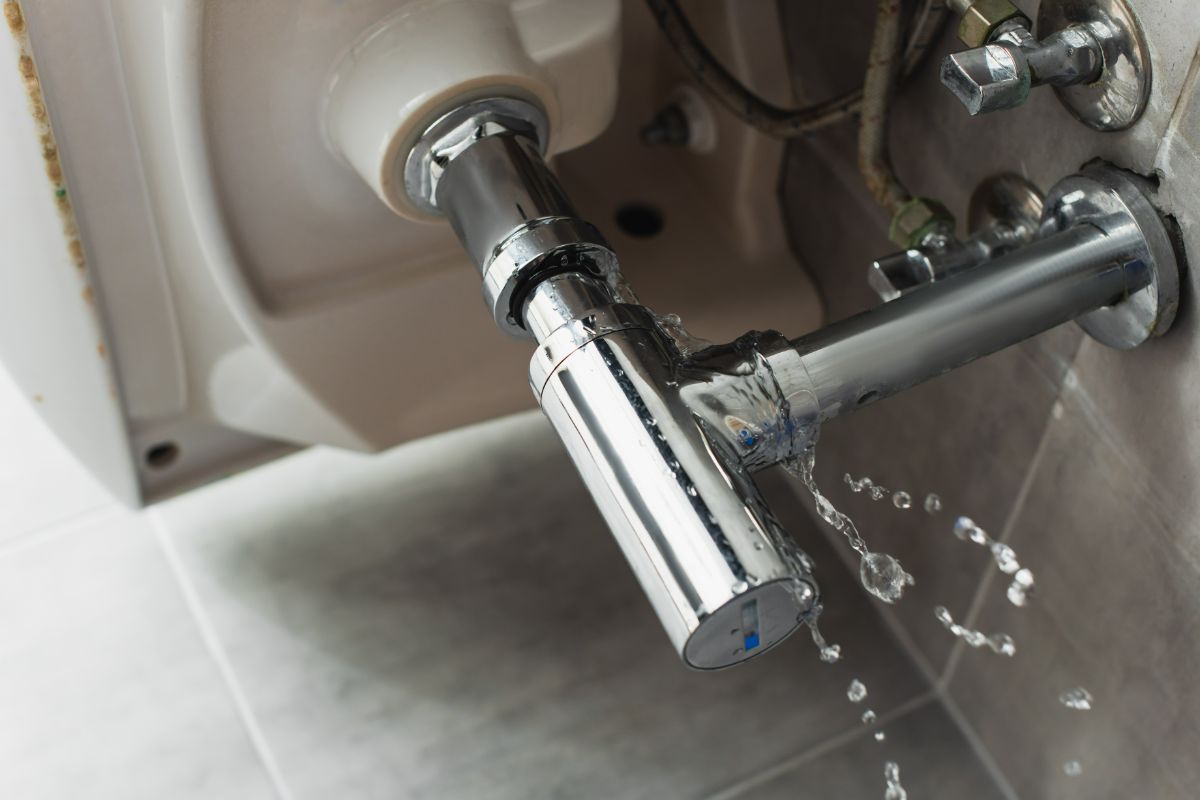
4 Effective Methods to Locate Water Leaking in Your Building
How do you locate water leaking in your building?
- Check common leak locations
- Inspect pipes and fixtures
- Inspect walls and ceilings
- Monitor water meter
Overview
Understanding the critical role of timely water leak detection in preventing structural damage and reducing utility costs.
Recognizing that the responsibility for addressing water leaks lies with building owners, managers, and maintenance personnel to prevent unseen damage and mold growth.
Starting the detection process with a systematic examination of common leak-prone areas, focusing on plumbing fixtures, sinks, toilets, and showers, and scrutinizing areas near water heaters.
The presence of a water leak can be a silent menace, causing structural damage and escalating utility bills. No matter what type of facility it is, it’s important to know how to locate water leaks in the building. When not detected right away, these elusive leaks are not just a matter of financial prudence but a critical step in preserving the integrity of your building.
Understanding the gravity of this issue, and proactively addressing water leaks is a responsibility that falls on the shoulders of building owners, managers, and maintenance personnel. A water leak, left unchecked, can permeate unseen spaces, weakening foundations and fostering an environment conducive to mold growth.
Check Common Leak Locations
Begin your water leak detection process with a methodical examination of common leak-prone areas. Focus your attention on plumbing fixtures, as these are primary suspects for potential leaks. Sinks, toilets, and showers being central to water usage, warrant careful inspection.
You should also scrutinize areas near water heaters, as these appliances are frequent sources of leaks. It’s essential to notice the significance of checking these key locations, as early detection in these commonly affected areas can be pivotal in preventing water damage and addressing issues promptly.
Inspect Pipes and Fixtures

Now that you’ve identified the location of the leak, it’s time to find the source. Look at all the visible pipes for any signs of corrosion, discoloration, or moisture accumulation. This is are your prime indicators of potential leaks. Pay keen attention to joints, as they are common areas where leaks might occur. Having a flashlight on hand so that you can see the dimly lit spaces.
Simultaneously, assess fixtures such as sinks, toilets, and showers for visible leaks, water stains, or soft spots around their bases. A silent yet potent indicator could be the sound of running water in the absence of active water use. Leaks in hidden areas might manifest through subtle signs like peeling paint or warped wood.
By systematically inspecting pipes and fixtures, you not only unveil existing leaks but also preemptively address potential issues, fortifying your building against water-related damage.
Inspect Walls and Ceilings
inspecting walls and ceilings for leaks is crucial in preserving the structural integrity of a building and preventing extensive damage. Undetected water leaks can wreak havoc within the hidden cavities of walls and ceilings, leading to mold growth, rotting of structural components, and compromising the overall stability of the building.
Water infiltration behind walls can go unnoticed for extended periods, fostering an environment conducive to mold and mildew. These not only pose health risks but can also weaken the structural materials, resulting in the need for costly repairs. Ceilings, being directly underneath potential leak sources such as roofs or plumbing systems, are susceptible to water damage that may compromise their strength and aesthetics.
Visible signs of leaks on walls and ceilings, such as discoloration, stains, or peeling paint, are indicative of an underlying issue. Regular inspections empower property owners to identify leaks promptly, addressing them before they escalate into major problems. Implementing preventive measures, such as adequate waterproofing and maintaining a vigilant eye for signs of leaks, is essential for ensuring the longevity and resilience of a building against the insidious threat of water damage.
Monitor Water Meter

Monitoring the water meter is an effective method to locate leaks because it serves as a real-time indicator of water usage. A sudden, unexplained increase in water consumption, especially when no faucets or appliances are in use, signals a potential leak.
By regularly checking the water meter and comparing readings during periods of inactivity, property owners can swiftly detect abnormal water flow. This proactive approach allows for timely intervention, preventing further damage and conserving water. Monitoring the water meter provides a simple yet powerful tool to identify leaks early, minimizing the impact on both the building’s structure and water bills.
Key Takeaway
Understanding and learning how to locate water leaks in a building is paramount for both financial prudence and the preservation of structural integrity. This responsibility falls on building owners, managers, and maintenance personnel, as undetected leaks can permeate unseen spaces, weakening foundations and fostering mold growth.
If you need replacement pipes for your facility, you can contact us here at Supreme Pipe Corp. We’re a trusted steel pipe supplier in the Philippines.


